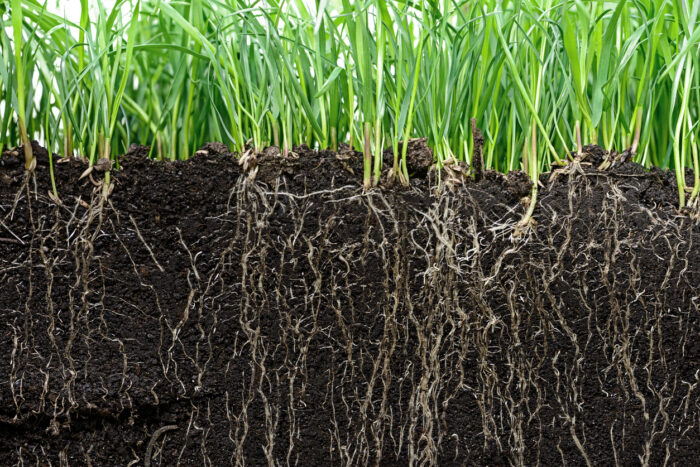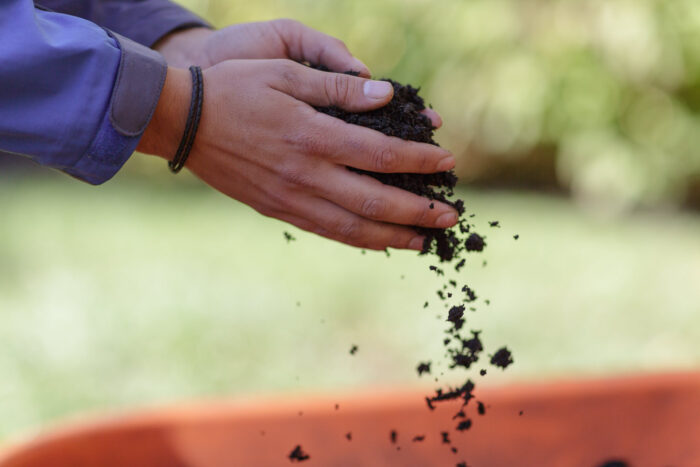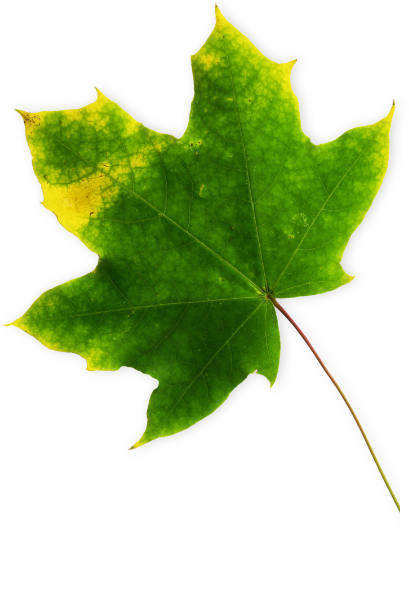When it comes to building a healthy, vibrant lawn, most homeowners think about seed types, fertilizers, and how often to mow. But there’s a less glamorous, often overlooked component that matters more than all the rest: your soil.
In our experience at Natural Tree and Lawn, we’ve seen firsthand the difference between working with high-quality soil versus the more common, low-cost option—screened loam. Spoiler alert: there’s a big difference, and it can make or break your lawn’s long-term success.
What Is Screened Loam—And What’s the Problem?
Screened loam is often marketed as an easy, affordable way to topdress or establish a lawn. It’s readily available, inexpensive, and seems “good enough” at first glance. But here’s the catch: screened loam is typically scraped from construction sites or leftover fill and passed through a screen to remove rocks and debris—not to improve nutrient content or structure.
Here’s why that matters:
- Poor Nutrient Value: Screened loam is often low in organic matter and essential nutrients.
- Unpredictable Composition: It may include subsoil, sand, clay, or even contaminants that can inhibit plant growth.
- Compaction Issues: Without proper structure, screened loam tends to compact easily, restricting root development and reducing drainage.
Why Starting with Quality Soil Pays Off
 High-quality soil is rich in organic matter, has a balanced texture, and supports the microbial life your lawn needs to thrive. Here’s how using better soil upfront can pay dividends:
High-quality soil is rich in organic matter, has a balanced texture, and supports the microbial life your lawn needs to thrive. Here’s how using better soil upfront can pay dividends:
- Less Need for Soil Amendments
Nutrient-rich soil provides a solid foundation, meaning you won’t need dozens of soil amendments to bring it up to quality. The soil does more of the work for you—naturally.
- Better Water Retention—and Lower Water Bills
One of the biggest hidden benefits of high-quality soil is how well it manages moisture. Good soil has the right balance of sand, silt, clay, and organic matter to do two things exceptionally well:
- Hold onto water during dry periods
- Drain excess water after rain
This means your lawn stays hydrated longer without becoming waterlogged, and you don’t have to water nearly as often to keep it green and healthy.
Translation? Real savings.
With quality soil, your irrigation system (or hose) won’t be working overtime. Over the course of a season, that can lead to significantly lower water bills—not to mention less time spent managing drought stress or brown patches. It also reduces the environmental impact by conserving water, a win-win for your wallet and the planet.
Poor soils, like many screened loams, lack the structure to retain moisture efficiently. Water runs off quickly, drains too deeply, or evaporates fast—leading to more frequent watering and more frustration.
- Healthier Root Systems
Loose, well-structured soil allows roots to spread easily and access nutrients. With screened loam or poor-quality fill, roots often become stunted due to compaction or lack of oxygen.
- Fewer Pest and Disease Issues
A strong root system and healthy soil biology can help suppress common lawn diseases and reduce pest problems—without relying heavily on synthetic treatments.
- Long-Term Cost Savings
While quality soil may cost more upfront, it reduces the need for frequent corrections, reseeding, or chemical interventions down the road. It’s an investment that pays for itself in fewer lawn issues and lower maintenance costs.
How to Know What You’re Getting
 Not all soil is created equal, and even terms like “loam” can be misleading. If you’re bringing in new soil for a lawn or landscape project, we recommend:
Not all soil is created equal, and even terms like “loam” can be misleading. If you’re bringing in new soil for a lawn or landscape project, we recommend:
- Asking for a soil analysis or composition breakdown
- Choosing soil that contains a healthy amount of compost or organic matter
- Avoiding “cheap fill” or generic loam that’s been screened but not improved
- Partnering with professionals who know the difference and can help you choose the right material for your landscape
Final Thoughts: Build from the Ground Up
At Natural Tree and Lawn, we believe in doing things the right way—not just the fast way. Starting with a quality soil base is one of the smartest choices you can make for a lush, low-maintenance lawn that looks great year after year.
If you’re planning to seed or renovate your lawn, don’t let poor soil undermine your efforts. Reach out to our team at 781-297-3674 for expert guidance on soil health, testing, and treatments tailored to your yard’s needs.
